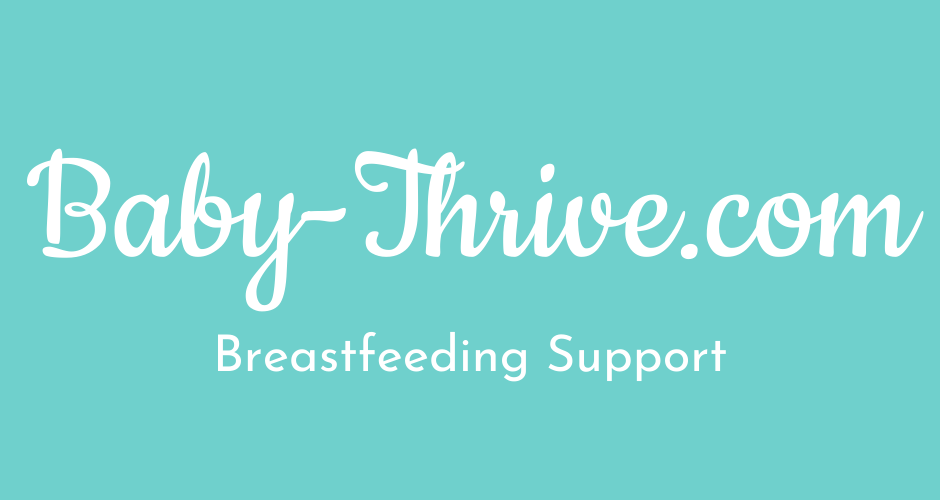Stopping breastfeeding
If you decide to stop breastfeeding altogether:
How to stop;
NHS says:
Phasing out breastfeeding gently will give you both time to get used to the idea.
Stopping gradually will also help protect against common problems like mastitis and low mood.
You'll probably find it easiest to drop 1 feed at a time. It does not matter which feed you drop first, so it will usually be a case of how it fits in with your life. If your baby is under 1yr you replace that feed with a bottle of formula or freezer stash or donor milk.
If your baby is over a year you can try offering water in a sippy cup and providing lots of nutrient-dense foods like avocado, sweet potato, egg yolk, salmon (& fluid rich foods such as watermelon, tomato, cucumber if they are not keen on water).
If you are wanting to stop swiftly the NHS suggest dropping a feed each 3+ days while watching for any signs of engorgement & checking your baby’s mood and usual frequency of nappies.
Of course you can also stop breastfeeding slowly…just gradually offer less breastfeeding or pump for shorter periods and over time your breastmilk supply will likely slow down.
If you feel engorged + how to avoid mastitis when stopping breastfeeding:
“…apply ice for 15–20 minutes at a time between feeds to reduce swelling. Use an ice pack, crushed ice in plastic bags or bags of frozen vegetables (that can be refrozen several times before being thrown away). Wrap them in a lightweight towel to protect your skin.
Just before feeding, apply moist warmth to your breasts for up to two minutes to help milk flow. Try a warm wet towel, warm shower or immersing breasts in a bowl of warm water. Then, express to comfort if your baby isn’t ready to feed”
Proactively use pectoral stretches & lymphatic drainage massage to avoid congested ducts:
Be aware of first signs of mastitis-
Feel a hard sore lump in your breast.
Feel that the skin on your breast is warmer to the touch.
Feel achy and run down.
Feel feverish with a temperature.
Notice areas that have changed in appearance, which might show as redness or darkening on your skin tone. Colour changes in your breast may be harder to notice in darker skin tones.
Stopping breastfeeding can cause low mood:
There is little research on the topic, but we know that the hormones so important in breastfeeding – prolactin (milk making hormone) and oxytocin (the hormone of love and responsible for the milk ejection reflex) – play an important role in how we feel emotionally. Both oxytocin and prolactin contribute to feelings of calm, love, relaxation, closeness and contentment. As breastfeeding ends, both prolactin and oxytocin levels will lower – and so may your mood and sense of wellbeing. It may last a few days, or it may go on for longer.
So if you are feeling low or weepy after weaning, it can be reassuring to know that it is likely that your body is also dealing with hormonal changes, as well as any emotions you may have around weaning. Even if you are totally at peace with weaning and know the time is right for you both, there are changes happening in your body that might have an impact on how you feel.
It has often been described as similar to how you feel hormonally as part of your menstrual cycle, but more intense and more long lasting. Others may go further and say that they feel really sad and depressed for a few weeks after weaning. Often your hormones settle within a few weeks and you and your child adjust to a new rhythm where breastfeeding is no longer part of your current story.
Remember these lovely quotes from Making More Milk 2nd edition;
You are everything your baby needs
Every drop of milk you gave to your baby is valued
Here’s a blog I wrote after asking families for their experiences of mixing breastfeeding & formula feeding.
I’d love to hear what worked for your family.
If you have any questions regarding anything mentioned in this post, please feel free to get in touch.


